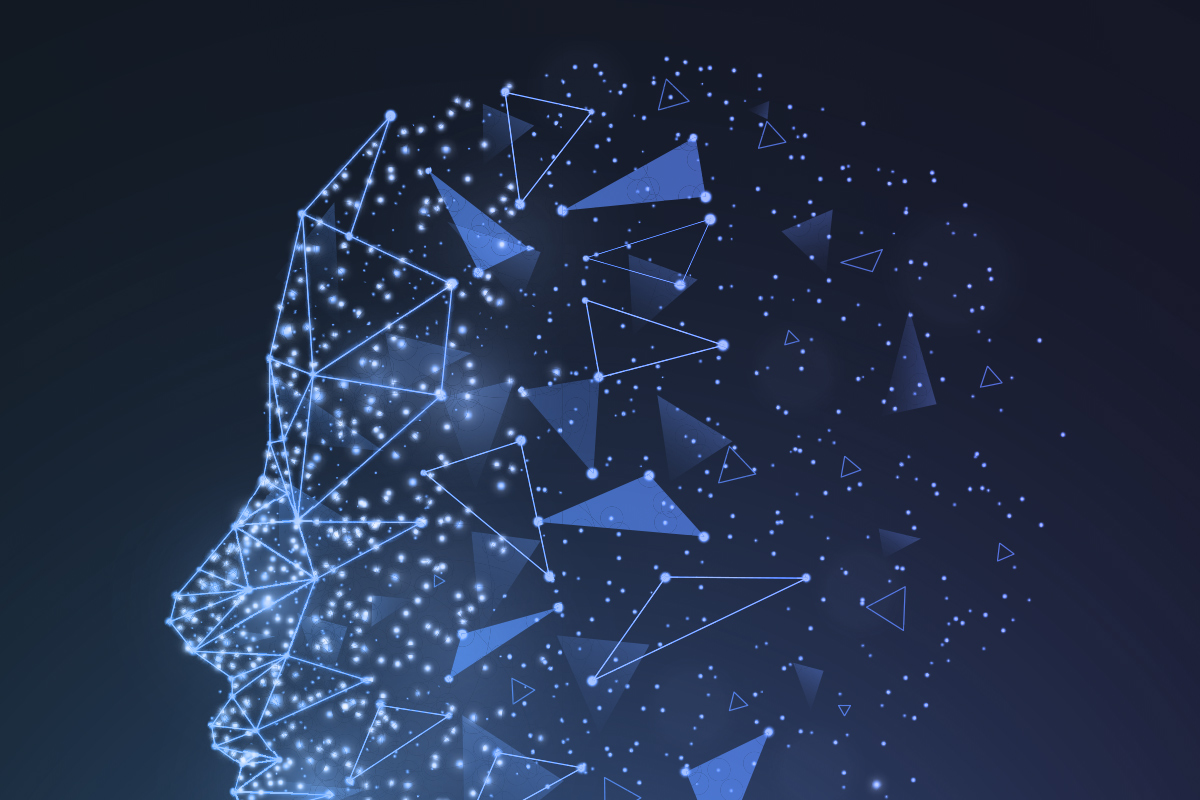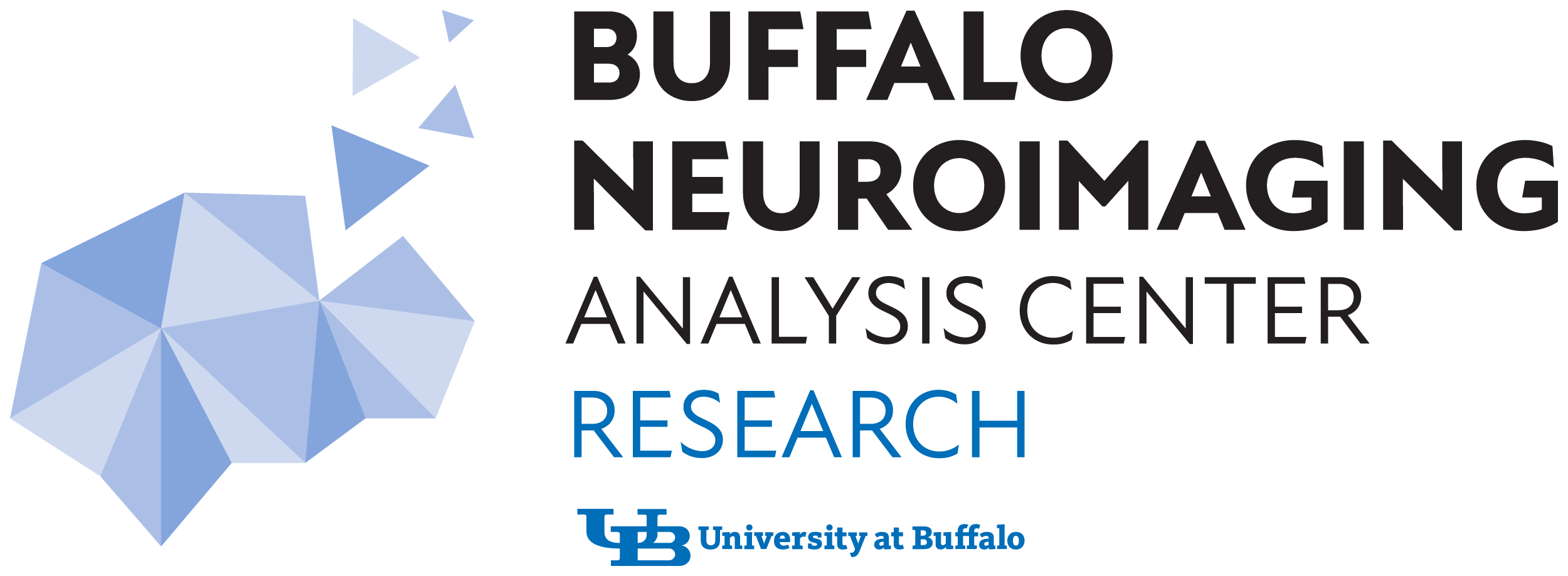Since 2009 Buffalo Neuroimaging Analysis Center (BNAC) has awarded Medical MRI, MRI Physicist and Computer MRI Fellowships to medical doctors and researchers from around the globe. Through this program the BNAC has gained access to visiting scholar’s talents in the fields of computer science and medicine. The program has been highly successful, and will be continued into the future for six to twenty-four-month terms. A total of 38 neuroimaging fellows have participated in BNAC research over 6 to 36 months of length. Numerous abstracts, articles and grants are based on these research activities.
IMPORTANT UPDATE: In light of COVD-19 pandemic, BNAC is offering remote MRI fellowship(s) with or without funding. Given the COVID-19 pandemic, BNAC offers remote MRI fellowship for which the fellow does not need to physically join BNAC, but the fellowship can be executed remotely.
To inquire about remote BNAC fellowship, please Contact Us.
Imaging Fellowship Eligibility
- Application for the BNAC MRI Fellowship is open to qualified students anywhere in the world who are currently enrolled in and/or affiliated with an accredited university or hospital institution.
-
To qualify, applicants must currently be pursuing studies in the field of medicine or computer science. Specifically, they should be:
- Medical students or residents specializing in either neurology or radiology
- Students whose main field of study is Computer Science or Computer Engineering; although graduate students are preferred, undergraduates with extensive software proficiency will be considered.
-
Additional requirements:
- Proficiency in spoken and written English
- Substantial experience in Windows software management is necessary. Familiarity with UNIX and Linux software is preferred
- Extensive experience in Microsoft Office applications and the Internet is necessary (must be proficient in Word, PowerPoint and Excel; experience in SPSS is requested)
-
To qualify, an applicant must submit the following items:
- Complete Curriculum Vitae, including educational and employment history, and a list of publications
- Reprints (optional, no more than 5), which demonstrate the applicant’s expertise in the field of proposed study
- A letter of recommendation written by a knowledgeable individual personally familiar with the candidate’s professional abilities. For all applicants, submission of at least one letter of recommendation is mandatory and should be written by a senior faculty member of the applicant’s institution
- Applications for the MRI fellowships are accepted throughout the year. Email submission of the application package is recommended to [email protected] but applicants may also apply via mail or fax.
Phone: 833-914-4967
For mail submissions, send to:
Buffalo Neuroimaging Analysis Center
ATTN: MRI Fellowship
77 Goodell Street
UB Downtown Gateway Building
Fourth Floor, Suites 440 and 450
Buffalo, NY 14203
-
The MRI fellowships are offered for either six, twelve or twenty-four months, depending on the length of time the corresponding research projects are expected to require for completion. It should also be noted that both types may not be available each year. Support for these MRI fellowships consist of awards ranging from $12,000 to $48,000. Payment of the stipend will proceed on a monthly basis for the duration of the fellowship term.
- NOTE: Aside from the stipend of $12,000 to $48,000, the fellowship does not provide additional funds for travel and/or living expenses during the term of the fellowship. Remote fellowships are possible with or without funding.
- Each fellowship also has a specific educational program description that will include computer and quantitative MRI analysis training and details about a precise research project.
- Oversight and mentorship is provided by BNAC faculty.
- The BNAC MRI Fellowship Examining Board reviews all applications and decides which applicant will be granted the fellowship. An additional interview — face-to-face for UB students or via telephone for students outside Buffalo — may be requested before a final decision is made by the Examining Board.
- The Examining Board notifies the winner of the MRI Fellowship both by email and postal mail.
Imaging fellowship rationale
Since its inception, the Buffalo Neuroimaging Analysis Center’s (BNAC) main focus has been quantitative MRI analysis in patients with multiple sclerosis and other chronic neurological diseases. Although the MRI Fellowship is instrumental to advancing the BNAC’s progress in this area, its key mission is to support medical and graduate students in mastering the fundamentals of quantitative MRI analysis in multiple sclerosis and other neurological diseases. To that end, in 2004 two fellowships were arranged for individuals proficient in medical and computer science. The award provided the opportunity to:
- Perform studies using new non-conventional quantitative MRI measures (i.e., MRI spectroscopy, functional MRI and ultra-high-field MRI studies).
- Perform studies with the new software programs developed at the BNAC.
- Perform MRI evaluations for research studies in multiple sclerosis.
- Perform conventional and non-conventional quantitative MRI analysis studies for a variety of chronic neurological diseases.
Imaging fellowship structure
Given the COVID-19 pandemic, BNAC offers remote MRI fellowship for which the fellow does not need to physically join BNAC, but the fellowship can be executed remotely. The term for the fellowship is six, twelve or twenty-four months, with a time requirement of 40 hours per week at the Buffalo Neuroimaging Analysis Center. The time frame is partitioned into two segments:
- Months 1-3: Up to one month is allotted to permit Fellows to familiarize themselves with the hardware and, particularly, the software they use for their projects. Particularly important are the fundamentals of software management in UNIX and Linux.
- Months 4-36: This period is to be used for research, preparation, and completion of the project in the final form of a manuscript.

